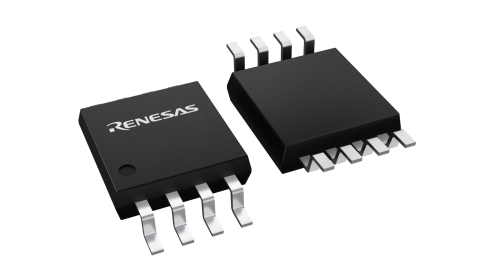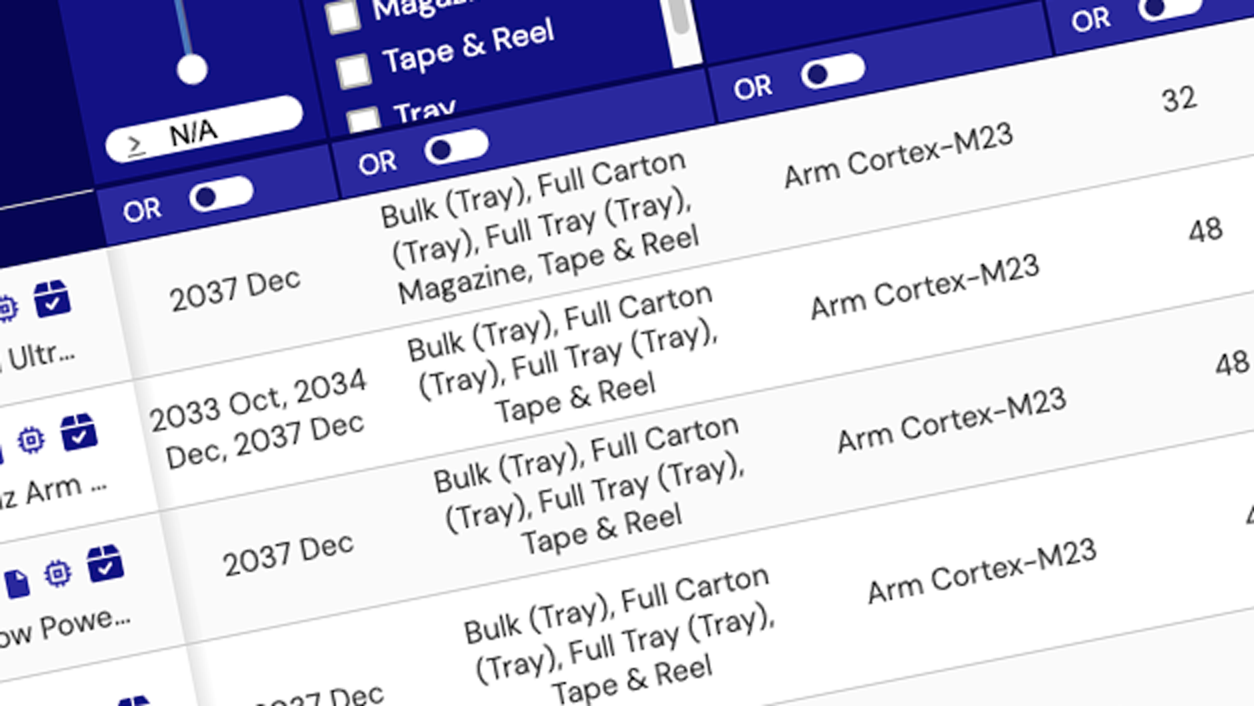推荐产品

ISL32614E 有效
±16.5kV ESD Protected, +125°C, 1.8V to 3.6V, Low Power, SOT-23, RS-485/RS-422 Transmitters
ISL32610E 过时
±16.5kV ESD Protected, 1.8V, Micro Power, +125°C, 1/8 Unit Load, RS-485/RS-422 Differential Receivers
ISL32601E 有效
1.8V to 3.3V, Micro-Power, ±15kV ESD, +125°C, Slew Rate Limited, RS-485/RS-422 Transceivers
视频和培训
In this technical webinar, Intersil discusses RS-485 advantages over other high-speed standards. With modern high-speed data transmission systems aiming for cable lengths close to 1000 ft, bus transceivers with high common-mode capability have become more important than ever.